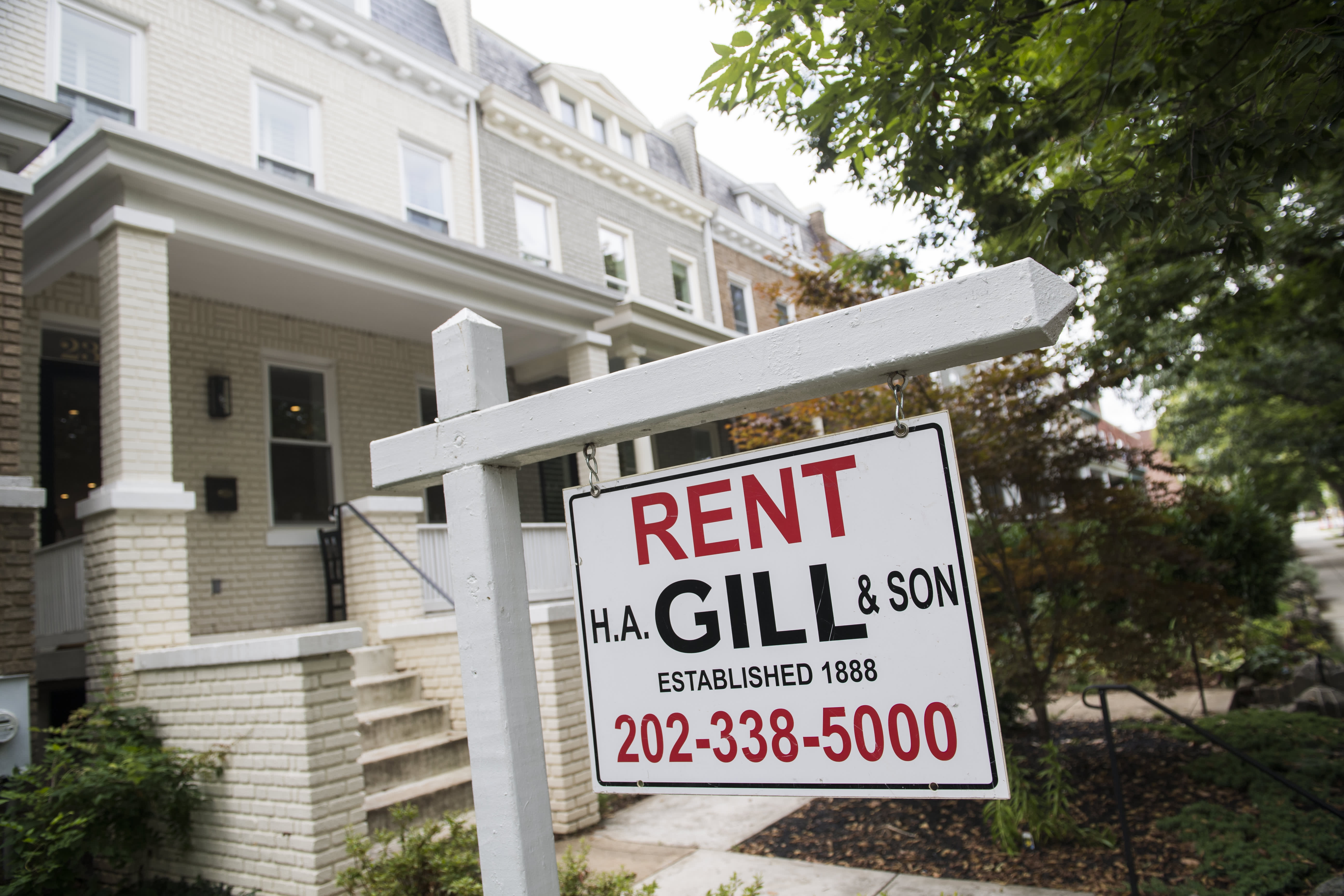Products You May Like
A for rent sign advertising a row house in northeast Capitol Hill, is pictured on Monday, August 26, 2019, in Washington D.C.
Tom Williams | CQ-Roll Call, Inc. | Getty Images
Anyone out shopping for an entry-level home knows the prices are high and the pickings are slim. Now, the same is holding true for rentals. As more Americans find it harder to afford a home, rental demand is soaring, especially for single-family homes.
The supply of rental homes is shrinking, and that continues to push rent prices higher, particularly on the lower end of the market. Those less expensive rentals, going for less than 75% of the median regional rent, jumped nearly 4% annually in September, according to CoreLogic. High-end rentals, or those with prices greater than 125% of the region’s median rent, increased just 2.9% annually.
“Low rental supply coupled with ongoing demand pushed up rents in September,” said Molly Boesel, principal economist at CoreLogic. “Vacancy rates have fallen moderately on the national level over the last quarter – with a 0.3% decrease in the third quarter of 2019 compared to a year earlier – and more significantly in select metro areas.
Phoenix saw the biggest drop in vacancy rates, to just 2.6%. That in turn pushed rent growth to 6.7% annually. Phoenix has seen very strong job growth and is attracting new employees to the area.
Las Vegas wasn’t far behind at 5.8% annual rent growth, and Seattle rounded out the top three at 5.5% growth. Miami saw the lowest rent increase at just 1% annually.
The supply of for-sale homes priced below $200,000 was down 13% annually in October, according to realtor.com, and the supply of cheaper rental homes is no better. The number of homes available for less than $1,250 per month has dropped 40% since 2013, according to Capital Economics. This despite huge growth in the single-family rental sector during the foreclosure crisis.
Investors rushed into the market, buying thousands of foreclosed properties at discount prices and turned them into rentals. The total number of single-family rental homes jumped 38% from 2010 to 2016, compared with just a 3% rise in multifamily units, according to Capital Economics. The supply of single-family rentals overall has now flattened, but demand is still very strong.
“One implication of fewer affordable homes to buy or rent is that household formation is likely to slow,” wrote Matthew Pointon, property economist at Capital Economics. “It also suggests rental growth for lower-priced homes will outperform the rest of the market.”
Single-family housing starts are growing, and builders are starting to put up more entry-level homes. Some of those homes will undoubtedly be purchased by investors, looking to take advantage of rent demand and price growth. Some builders are now specifically catering to the investor market, with brand new rental communities.
“For homebuilders worried that a slowing economy and tightening credit conditions will hit demand for starter homes, they should be able to rely on increasing demand from investors,” added Pointon.
